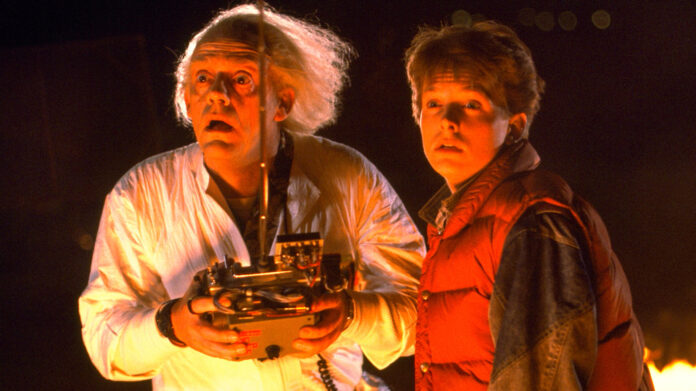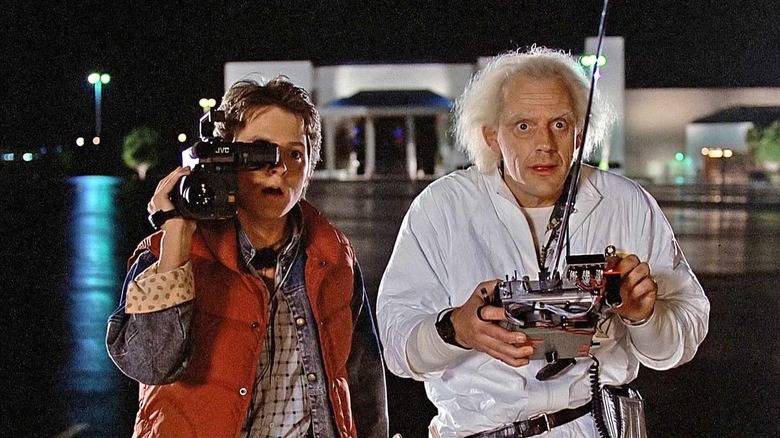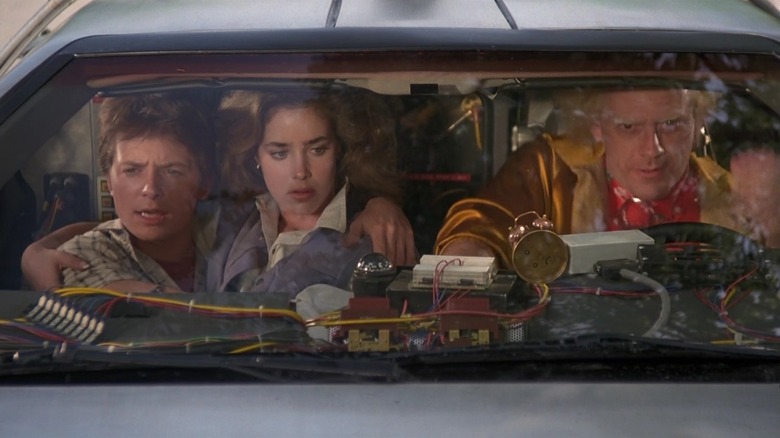Let’s face it: going out to the movies may never fully recover from the onslaught of the COVID-19 pandemic and everything that horrific event changed. This is why distributors and theaters are steadily turning more and more to premium screen experiences like a large format like IMAX, pristine picture and sound like Dolby Cinema, and the wraparound effect of ScreenX. Even a movie simply being projected on film, something that was standard in moviegoing for the first 90-odd years of cinema’s existence, is now becoming a draw for audiences. Amongst all these new screen options vying for ticket dollars is 4DX, a format that hasn’t quite yet formed an identity of its own.
Generally, 4DX appears to be an evolution from the D-Box seats of 16 years ago, allowing you to feel more immersed in a movie thanks to synchronized seat rumblings, air effects, and movement, along with a few additional effects like water, wind, and flashes of light. In essence, the format is generally thought of as a way of turning a movie into a mini-theme park ride, and so far, most presentations of films in 4DX have confirmed that theory. While some films have lent themselves well to the concept (most notably last year’s “Twisters”), a large number have proven that the format can easily outstay its welcome by making the experience too distracting for too long.
However, I was lucky to attend the first-ever public screening of the restored 4K version of “Back to the Future” in 4DX the other night in North Hollywood, and the experience was nothing short of revelatory. It demonstrated that the format can be more than a novelty gimmick; it can actually enhance the experience of a film emotionally as well as experientially, and it proves that 4DX has a bright future.
‘Back to the Future’ in 4DX proves that there’s an art to the format
When I accepted the invitation to see the 40th anniversary screening of “Back to the Future” in 4DX, I admit I was a little trepidatious. My only experience with 4DX prior to this was a screening of “Fast X,” and that presentation was, frankly, doing way too much. The result felt like being on a motion ride at a theme park for two and a half hours, leaving me feeling more exhausted (and a little sore) than exhilarated. While there is a bit of schadenfreude in watching folks attempt to eat their popcorn while being tossed around, the experience was distracting enough that it made me warn others against seeing a movie in 4DX for the first time.
That’s all changed thanks to the work done with “Back to the Future.” The rollocking, time-traveling DeLorean indeed makes use of the full range of 4DX’s motion, but it never felt intrusive or distracting from the drama on-screen. Even more impressive was the way that the format’s effects were peppered throughout the rest of the film. “Back to the Future” isn’t exactly an action showcase, so they use the format to enhance little aspects and moments: the subtle staccato rustle of skateboard wheels on pavement, the swirling breeze of a night wind, and so on. What struck me as especially clever was the format being used to enhance not something physical on screen, but something emotional. For instance, the rumbling is used as both a setup and a punchline (as with the opening moment where Marty uses Doc’s amplifier), or a gentle swaying of the seats synced with the movement of a crane shot.
4DX may not just be for new release blockbusters anymore
To be fair, not every film presented in 4DX has been strictly a new release blockbuster action movie. There’ve been several family movies seen in the format, as well as horror films, some concert movies, and even this summer’s re-release of Kevin Smith’s comedy, “Dogma.” Generally, however, 4DX has been seen as a format suitable for “thrill ride” type films, and while it’s understandable, it’s kept the format from evolving. Fortunately, the 4DX “Back to the Future” tells me that there’s much more that can be done with 4DX. While a 4DX release of “My Dinner With Andre” would be pushing things too far, I now believe that the format could do some exciting things with films like “2001: A Space Odyssey,” “Unbreakable,” or “Civil War,” movies which have experiential elements to them but also require a sensitive approach to their tones and emotions.
The key lies within the people designing, programming, and syncing the effects to each film. So much of the “Back to the Future” presentation gets its power from how often the effects aren’t being used, allowing the film (and the audience) to breathe and become engrossed in the characters and the story, which only makes the effects more engaging once they start happening again. Like so much of the in-theater gimmickry, it all depends on the right approach. For instance, there’s a massive difference between a lazy IMAX conversion and seeing “Oppenheimer” or “Sinners” in IMAX 70mm, just as there’s a huge distinction between a generic Real-D 3D release and the “Avatar” films.
The future of 4DX movie screenings greatly depends on the judicious use of its effects library, because where the format seems to be going, they don’t need loads.




